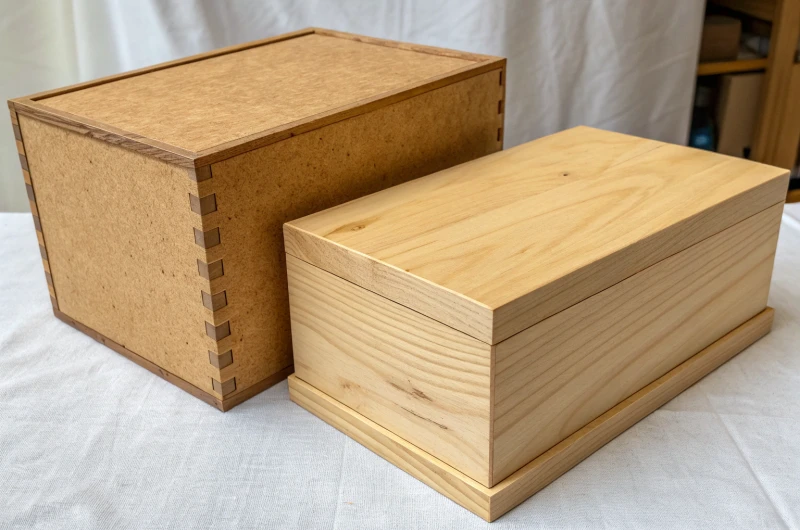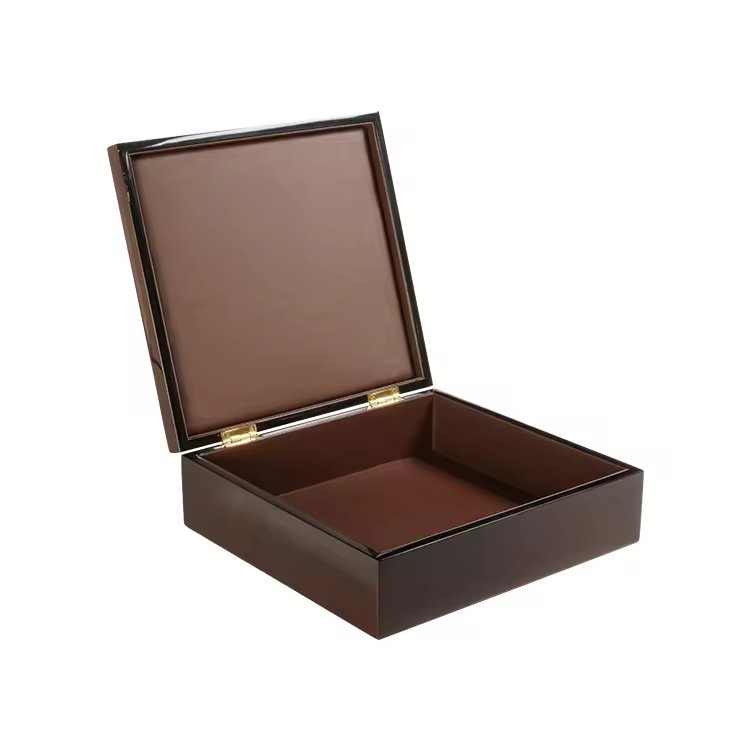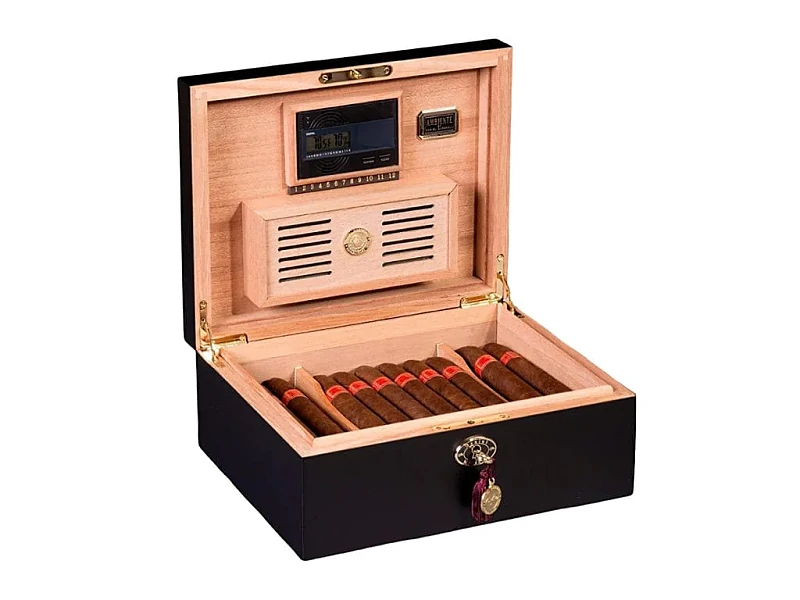
Sampling feels safe, but without strict systems, mass production may drift away from what was approved.
Consistency between sample and bulk production comes from drawings, molds, tolerances, PPS approval, and QC inspections.
I will explain step by step how I keep structural precision when moving from a cigar box sample to full production.
Why is it important to create detailed technical drawings alongside the sample?
Many clients approve only the sample visually, but without drawings, workers may misinterpret details.
Technical drawings record exact dimensions, joints, and materials, creating a blueprint that keeps production aligned with the sample.

In my early years, I once delivered a batch of cigar boxes where the lid gap was slightly wider than the approved sample. The client noticed immediately. The issue came from not having a precise drawing with lid tolerance marked. Since then, I always pair each sample with CAD drawings. These become the unchanging reference no matter how many batches we run.
What drawings should include
- Overall box dimensions
- Wall thickness and base/lid ratios
- Joint details (miter, dovetail, butt joint)
- Hinge placement and screw depth
- Material callouts (MDF, veneer, solid wood)
By treating the drawing as a “silent supervisor,” I eliminate misunderstandings between engineers, carpenters, and finishing workers.
How can standardized molds, jigs, or templates reduce structural deviations in bulk production?
Handcrafting works for one sample, but it cannot guarantee repeatability in large runs.
Using molds, jigs, and templates locks in consistency, preventing human error during cutting, drilling, and assembly.

When producing luxury cigar boxes, I rely heavily on jigs for hinge positioning and templates for lid and base alignment. Without these, even experienced workers can shift by a millimeter, which creates visible gaps. Standardized molds also ensure panels are cut with identical dimensions batch after batch.
Tools I use in production
| Tool Type | Purpose | Result |
|---|---|---|
| Cutting mold | Ensures panel size consistency | Prevents dimension drift |
| Hinge jig | Guides drilling holes | Keeps hinges aligned and smooth |
| Assembly frame | Holds lid and base in place | Guarantees square angles |
By investing in these fixtures, I reduce rework and achieve structural accuracy from the first unit to the last.
What role does documenting joints, hinges, and dimensions play in alignment with the sample?
Small details like joint angles or hinge depth may look minor, but they decide overall feel.
Clear documentation of joints, hinge positions, and all dimensions ensures workers cannot improvise, keeping boxes faithful to the sample.
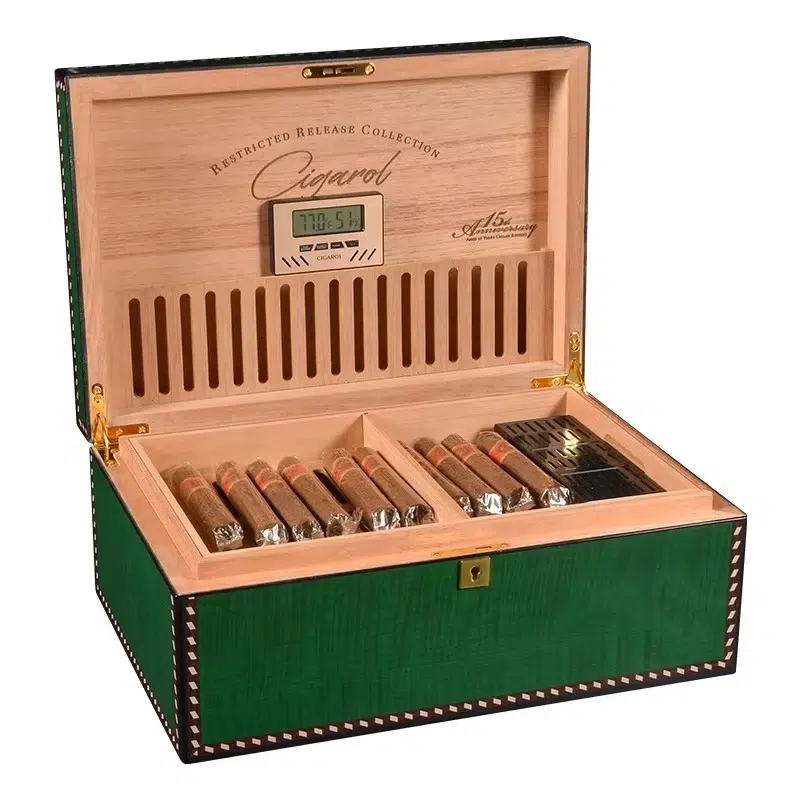
I once had a batch where a different worker installed hinges deeper than in the sample, making the lid too tight. After that, I introduced a rule: every detail gets recorded in a production sheet. Now, no craftsman relies only on memory.
What I document
- Type of joint and glue application method
- Hinge length, screw type, and depth
- Exact inner and outer measurements
- Tolerances allowed for lid fitting
This documentation travels with each order, so no matter which team member works, they reproduce the approved sample structure.
How can tolerance ranges be defined to manage small but acceptable differences?
Absolute perfection is impossible in woodworking, but controlled tolerance keeps differences invisible.
Defining tolerance ranges sets clear boundaries between acceptable variation and rejectable errors.
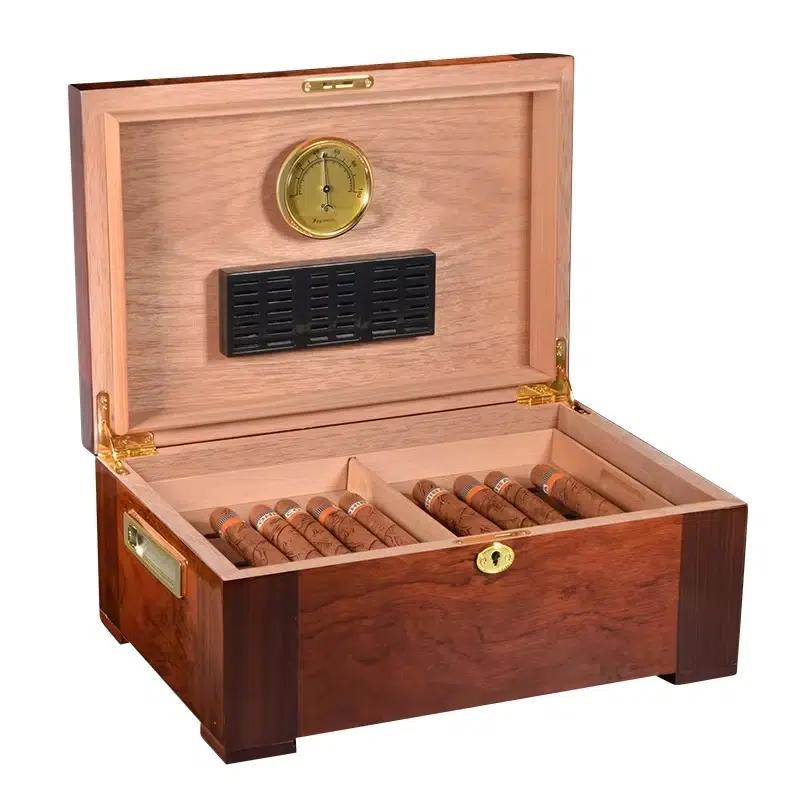
For cigar boxes, wood expansion, lacquer thickness, and manual polishing can slightly change size. Instead of chasing zero difference, I define tolerance ranges like ±0.3mm for panel thickness or ±1mm for overall size. This avoids unnecessary rejections while maintaining visual harmony.
Example tolerance chart
| Part | Tolerance Range |
|---|---|
| Panel thickness | ±0.3 mm |
| Box width/length | ±1.0 mm |
| Lid-to-base gap | ±0.2 mm |
By setting and communicating these numbers, both clients and workers share the same standard, which prevents disputes later.
Why is a pre-production sample (PPS) essential before starting the full run?
Even after prototype approval, scaling up introduces new risks.
A pre-production sample validates the first run with real materials, coatings, and processes before committing to mass production.

For example, during one project, the first PPS revealed that lacquer thickness slightly changed the lid closing feel. Because we caught it early, we adjusted hinge placement before mass production. Without PPS, hundreds of boxes might have been affected.
What PPS confirms
- Structural consistency with prototype
- Correct material usage and sourcing
- Fit and closure after finishing
- Alignment with client-approved drawing
By requiring PPS, I give clients confidence and avoid costly errors in large-scale runs.
How can regular in-line inspections and final QC checks guarantee mass production matches the approved structure?
Even with systems in place, without inspection, small deviations can accumulate.
In-line inspections during production and strict final QC confirm every box matches the approved structure before shipping.

My factory uses a three-stage QC: early-stage checks on cut panels, mid-assembly inspections for hinge and lid alignment, and final QC for overall structure and finish. Inspectors always compare with the approved sample and drawings.
QC focus points
- Panel alignment and squareness
- Lid gap uniformity
- Hinge position consistency
- Interior fit accuracy
I also invite clients for final random inspections or provide detailed QC reports with photos. This transparency builds trust and ensures the approved structure is respected all the way through mass production.
Conclusion
Strict drawings, controlled tools, defined tolerances, PPS approval, and QC guarantee that cigar box samples stay identical in mass production.
Brand Name: WoodoBox
Slogan: Custom Wooden Boxes, Crafted to Perfection
Website: www.woodobox.com
WhatsApp: +86 18359265311

